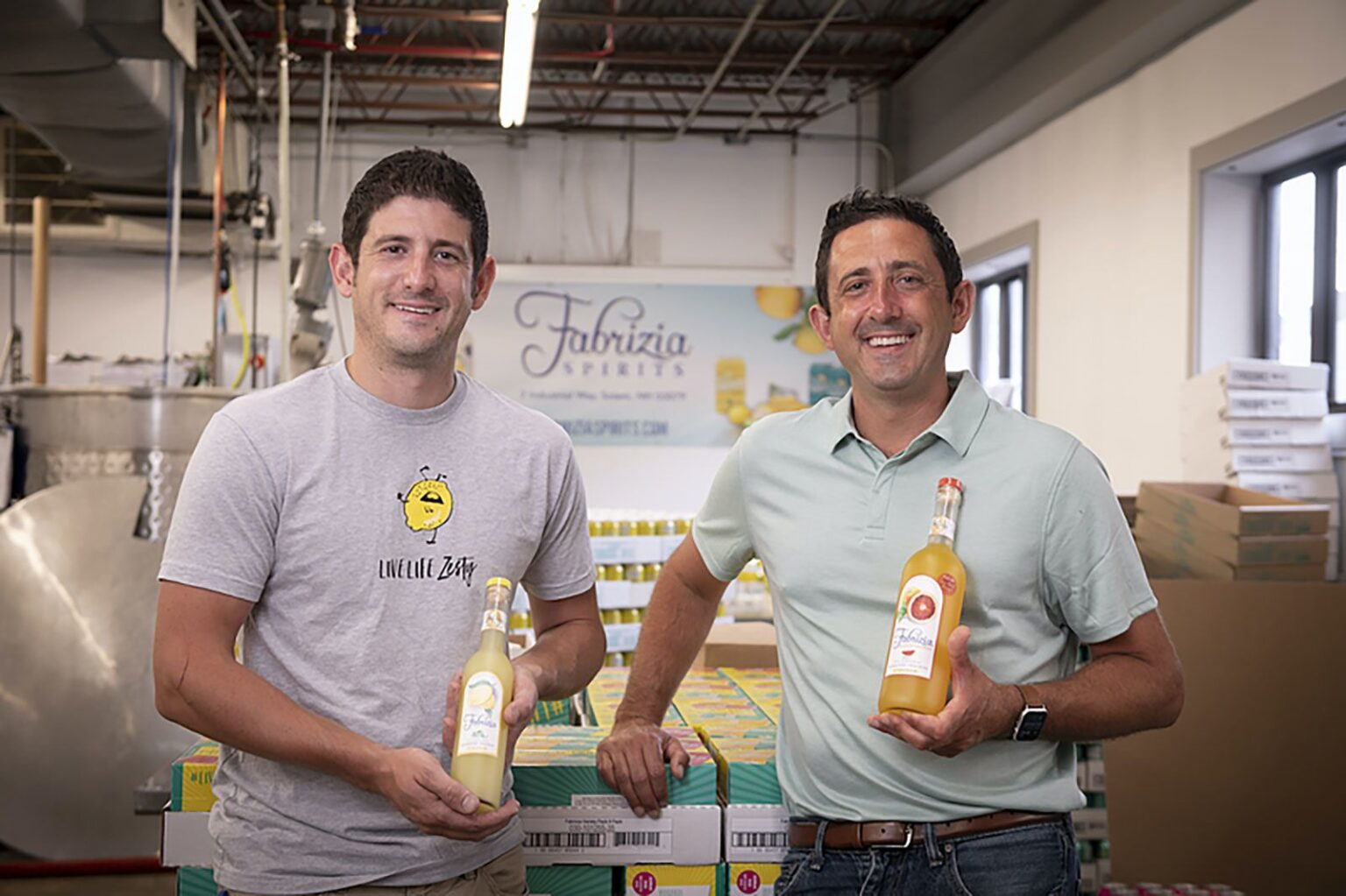Thousands of liters of Italian sparkling wine, ordered before President Donald Trump’s tariff threats, are on a boat headed to the United States. Before the wine is unloaded and handed to its recipients, they may need to pay a tariff bill big enough to put a kid through college.
Small business owners say they’re paralyzed with indecision because of the escalating trade war — both real and threatened — as tariff spats spill into every aspect of their productions and sales. None of them know how soon the United States might resolve tensions with Canada or make good on threats to impose a 200% tariff on EU alcohol.
President Trump threatened massive retaliatory tariffs on European alcoholic beverages after the EU proposed higher tariffs on American whiskey among other products. That, in turn, was in response to the United States imposing a 25% tariff on steel and aluminum imports.
The EU is delaying the retaliatory tariffs to allow for time to negotiate, something American winemakers and liquor makers are hoping results in deescalating a trade war they never wanted any part of.
Still, it’s unclear when — or if — Trump will ease off his 200% tariff threat. It’s a $70,000 question for Phil Mastroianni.
When life gives you lemons
Mastroianni founded limoncello brand Fabrizia Spirits in 2009 with his brother — using a family recipe in their parents’ garage. Fabrizia is now the largest US producer of limoncello, and this year Mastroianni expects the company will peel 1 million lemons to make their drinks including the original spirit and canned cocktails.
Fabrizia depends on Sicilian imports to make their drinks. They get all their Syracusa lemons from one family in Sicily. And in January the company ordered $35,000 worth of sparkling wine from a Sicilian winemaker to be delivered in Boston in April to produce an upcoming Fabrizia limoncello spritzer.
But much has changed since January. If President Trump follows through on a 200% tariff on European alcohol, Fabrizia could be staring at a $70,000 tariff bill on top of the cost of the wine itself. Now the Mastroiannis are scrambling for contingency plans if the tariffs do come to pass — like letting the shipment be unloaded somewhere outside the United States, which would avoid a tariff but require logistical challenges like using someone else’s tanks for storage.
“We’ve even thought, ‘Maybe we’ll just turn the thing around and say take it back,’” Mastroianni said.
If Fabrizia is stuck with the massive bill, Mastroianni said the business will survive, but they’ll need to cut back on marketing budgets or employee raises. The company has also joined the “Toasts Not Tariffs” coalition, a group of largely small businesses in the industry fighting against US, EU and UK tariffs on alcohol.
Mastroianni remains hopeful, however. “I think one thing that’s clear is President Trump is a dealmaker, and we’re thinking that the 200% tariff might just be a negotiating chip. And we’re hoping that he’ll help strike a deal that leaves wine and spirits out of it.”
Changing drinking habits
Because of the trade war that Trump’s tariffs have ignited, US companies that export alcoholic beverages are also uncertain about what comes next.
Natalie Collins, president of the California Association of Winegrape Growers, said vintners in the Napa and Sonoma regions are not seeing their contracts with local wineries renewed after the existing ones expire.
“There aren’t a lot of purchasing decisions being made,” Collins said. But now that spring is coming, growers have their own decisions to make, namely: whether to prune, or to invest money into a growing season with no guarantee they’ll sell those grapes.






